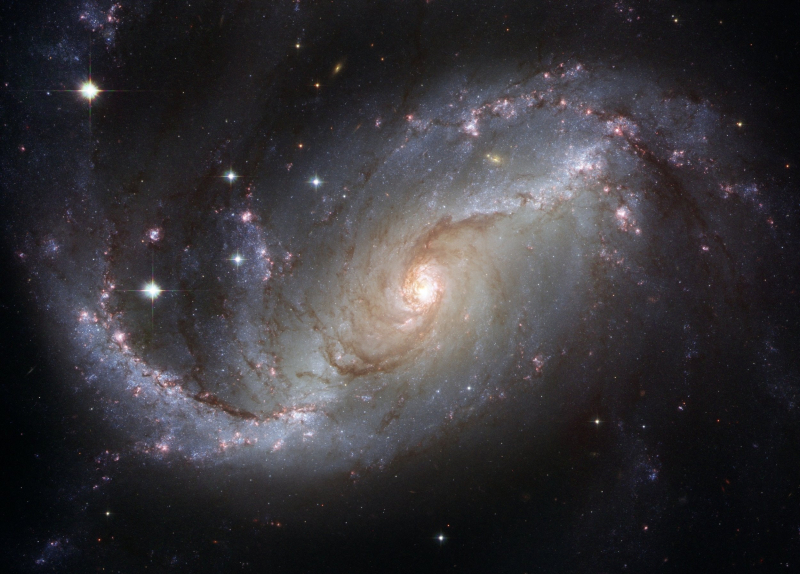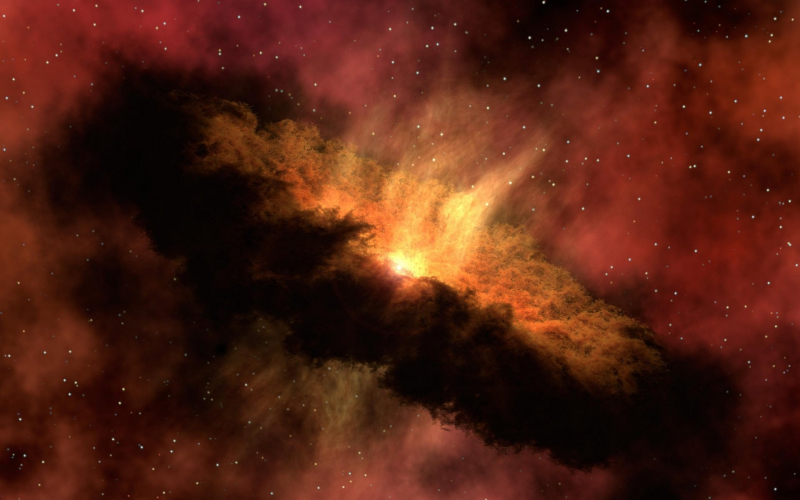Antimatter
Anyone who has watched Star Trek knows that antimatter must be handled carefully, but it is also likely to be rather useful to have on hand if you need to maintain your warp engine. Warp drives do not yet exist in the real world, but antimatter does.
Like its name suggests, antimatter is fundamentally the opposite of regular matter. The particles of antimatter function subatomically in the opposite direction from those in regular matter, giving them a reverse-charge. Antimatter has negative antiprotons and positive positrons in place of positive protons and negative electrons.
Matter and antimatter were both produced at the beginning of the cosmos. Antimatter did not prevail in the Betamax-style combat, but it appears that it did. Antimatter is still present, it is just considerably less abundant.
When matter and antimatter collide, the two obliterate one another and produce energy. Since antimatter would destroy anything it is placed in, creating it is tough because you can't store it in anything physical. However, we can still make a small amount of magnetically-held antimatter. Simply put, it's difficult and expensive to do, more so than at any other time in history. That is not exaggeration. The most expensive creation that humans have ever built is antimatter.
The cost of producing antimatter, which can only ever be 50% effective because it will simultaneously create 50% of matter, is $62.5 trillion per gram of antihydrogen. That exceeds the approximate $37 trillion worth of tangible money that is now in use worldwide.
- Cost: $62.5 trillion per gram












